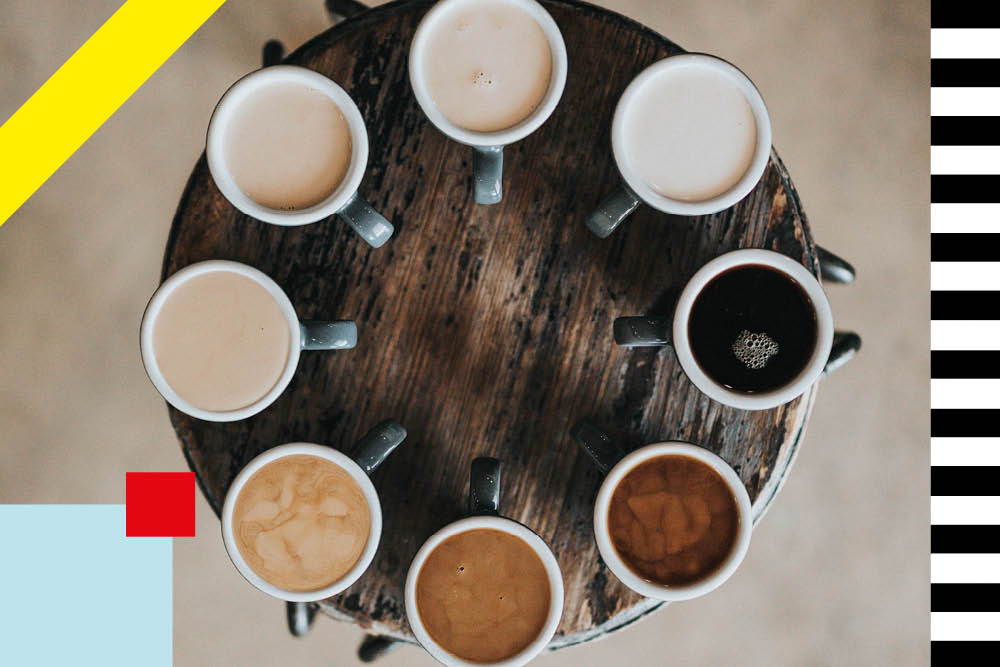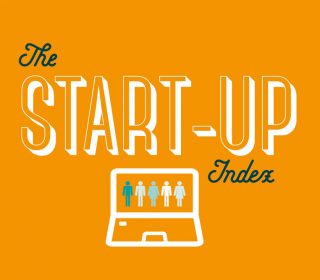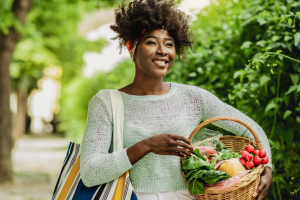The perfect eco-conscious cup of Joe

What home equipment do you need to make the perfect coffee?
You’ll need a burr grinder, scale, brewer, good water and freshly roasted coffee. It’s a minefield trying to figure out what equipment is right, so we have a curated list of favourites on our website to make it easier.
Which is the best method of preparing it at home?
I like the pour-over technique with a filter paper. It highlights what makes each coffee unique, and is also pretty easy to make on autopilot when I’m waking up. As far as brewers go, Kalita, V60, Chemex and Malita are great, too.
What’s the perfect brew time?
It all depends on the method. Over the years I spent a lot of time developing a way that tastes great and is also quite quick, say, under three minutes. You can even learn directly at one of our home-brewing workshops at the Richmond or Fitzrovia sites.
Why is it so important to choose sustainable coffee?
If we don’t, we won’t have any in years to come. In Africa, the average age of a coffee farmer is above 60 – young people don’t see a future in it. We put in a lot of policy guard rails to ensure we’re using coffee that lasts.
How can we ensure the brew we buy is the most ethical choice?
Look for the bag with the most information about its origin. The name of the farm, farmer and region can tell you a lot about how the coffee was sourced. Lack of transparency is unsustainable coffee’s biggest tells.
Does sourcing it sustainably result in a better taste?
It actually does. The flavour is much sweeter when it’s allowed to ripen slowly. In order to grow slowly, coffee needs shady trees to block the sun. These trees help create a diverse ecosystem for plants, animals and bugs.
Finally, what’s the best alternative milk to use?
Personally, I like sprout-based or oat because it’s healthy, tastes nice, and is the most sustainable way to produce alternative milk when grown nearby.
For more information, visit kissthehippo.com








